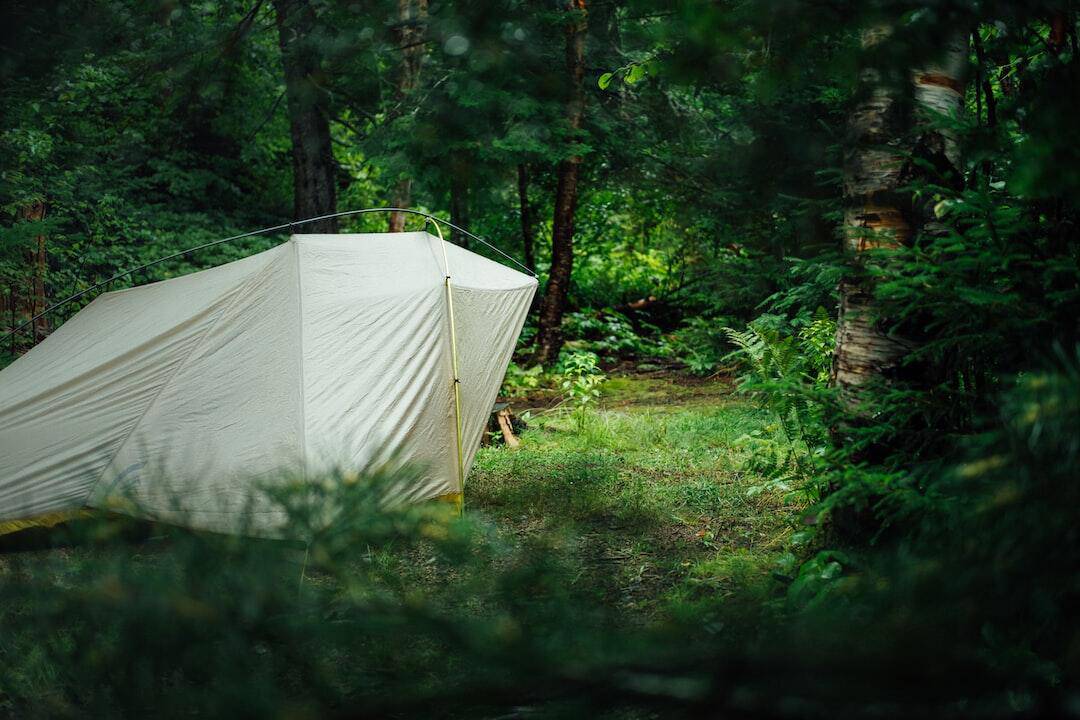Stealth camping, a practice that has gained popularity in recent years, offers adventurers a unique way to experience the outdoors. This comprehensive guide will explore the ins and outs of stealth camping, helping you embrace this form of camping responsibly and safely.
Understanding Stealth Camping
Stealth camping involves camping in undesignated areas with an emphasis on remaining undetected. It differs from traditional camping in that it often takes place in urban or rural areas not typically designated for overnight stays. While it offers a sense of freedom, it’s crucial to understand the legal considerations, as laws vary across regions.
Types of Stealth Camping
Urban Stealth Camping
Urban stealth camping often involves overnight stays in parking lots or residential areas. This type of camping presents unique challenges and requires careful consideration of local regulations and respect for the community. Urban stealth campers might use vehicles that blend in with regular traffic, such as cargo vans or small RVs. Success in urban stealth camping often depends on arriving late, leaving early, and maintaining a low profile.
It’s crucial to be aware of local ordinances regarding overnight parking and to respect private property. Some urban stealth campers rotate between different locations to avoid drawing attention or overstaying their welcome in any one spot.
Rural and Wilderness Stealth Camping
Rural and wilderness stealth camping, often referred to as dispersed camping, typically occurs on public lands such as national forests or Bureau of Land Management (BLM) areas. While generally more accepted, it still requires adherence to local regulations and Leave No Trace principles. This type of stealth camping offers more freedom and connection with nature but comes with its own set of challenges, such as limited access to amenities and potential wildlife encounters.
Campers should be prepared for self-sufficiency, including bringing their own water, managing waste properly, and being equipped for various weather conditions. It’s important to research specific rules for the area, as some public lands have restrictions on dispersed camping or require permits.
Essential Skills and Preparation
Choosing the right vehicle is crucial for successful stealth camping. Whether you opt for a van, RV, or car, the key is to maintain an inconspicuous appearance. For urban settings, vehicles that look like everyday work vans or small Class B RVs often work best. In rural areas, 4×4 vehicles or adventure vans might be more suitable for accessing remote locations.
Regardless of the vehicle type, modifications should focus on maximizing interior living space while maintaining a normal exterior appearance. This might include adding stealth solar panels, creating hidden storage compartments, or installing blackout curtains. The goal is to have a comfortable living space that doesn’t draw attention when parked. Additionally, developing skills in basic vehicle maintenance, off-grid power management, and minimal-impact camping techniques are essential for successful stealth camping.
When it comes to gear, adopt a minimalist approach while ensuring you have essential items for self-sufficiency. This includes equipment for camping meals, as well as gear to stay cool while camping or stay warm while camping, depending on the season.
Finding Stealth Camping Locations
Research is key when finding stealth camping locations. Utilize apps like Park4Night or iOverlander to discover potential spots. Always scout locations during daylight hours to assess safety and suitability.
Stealth Camping Etiquette and Best Practices
Adhering to Leave No Trace principles is crucial in stealth camping. This includes proper waste management and minimizing your environmental impact. Keep a low profile by avoiding attention-drawing activities and respect any time limits in your chosen location.
Here’s an expanded version of those sections:
Safety Considerations
Personal safety should always be a top priority. Trust your instincts and be prepared for emergencies. Ensure your vehicle is secure and take measures to protect your valuables. When stealth camping, always have a backup plan and an escape route in mind. Keep a low profile and avoid drawing attention to yourself.
Consider carrying personal safety devices like pepper spray or a whistle. Always let a trusted friend or family member know your general location and expected return date. Be aware of your surroundings and potential hazards, such as wildlife or unstable terrain. In urban areas, research the neighborhood beforehand and avoid locations with high crime rates. Remember, if a situation feels unsafe, it’s always better to move on and find a new spot.
Environmental and Ethical Considerations
Practice sustainable camping by minimizing your ecological footprint. This includes properly cleaning and waterproofing your tent to extend its life and reduce waste. Be mindful of local communities and strive to contribute positively to the areas you visit. Follow Leave No Trace principles rigorously, ensuring you leave your camping spot in better condition than you found it. Use biodegradable products for cleaning and personal hygiene.
Avoid disturbing wildlife or damaging vegetation. In urban areas, consider supporting local businesses to offset any potential negative impact of your presence. Educate yourself about the local ecosystem and any specific environmental concerns in the area. If possible, participate in local conservation efforts or clean-up initiatives. Remember, responsible stealth camping is about enjoying nature while preserving it for future generations and respecting the communities that call these areas home.
Conclusion
Stealth camping offers a unique way to experience the outdoors, but it comes with significant responsibilities. By following these guidelines, you can enjoy the freedom of stealth camping while respecting the environment and local communities. Remember, the future of stealth camping depends on the responsible actions of those who practice it today.

Leave a Reply